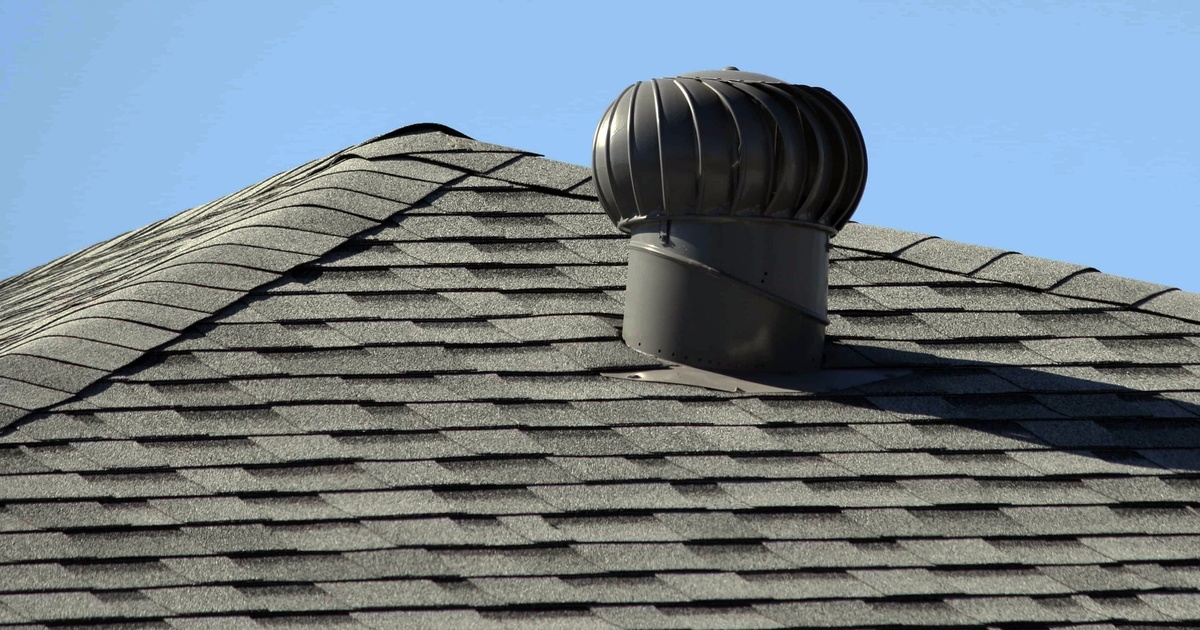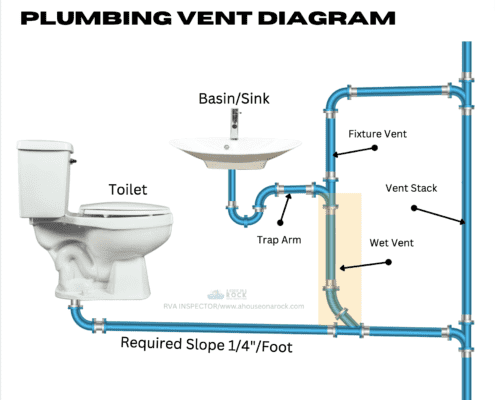How Correct Ventilation Is Important in Plumbing Systems
How Correct Ventilation Is Important in Plumbing Systems
Blog Article
Are you currently on the lookout for critical info on Essential Plumbing Vent Pipes: Understanding Their Role?

Correct ventilation in pipes systems is frequently ignored, yet it is essential for maintaining the functionality and safety of your home's pipes. Ventilation helps manage air pressure, protect against the accumulation of damaging gases, and make certain the efficient removal of waste. In this overview, we will certainly discover the value of proper plumbing ventilation, how it works, and the benefits it offers your pipes system.
Recognizing Air Flow in Pipes
Air flow in pipes describes the network of pipelines that permit air to move via the water drainage system. These vents offer several objectives, including managing atmospheric pressure within the pipes, preventing drain gases from entering the home, and assisting in the smooth flow of wastewater.
Just How Air Flow Works in Plumbing Solutions
Air Pressure Policy
Appropriate ventilation maintains well balanced air pressure within the plumbing system. When water moves through pipelines, it displaces air. Without sufficient air flow, this variation can produce adverse pressure, leading to slow down drains or siphoning of water from catches, which can create unpleasant odors to leak right into the home.
Protecting Against Sewer Gas Accumulation
Among one of the most crucial functions of plumbing vents is to avoid drain gases, such as methane and hydrogen sulfide, from collecting within the home. These gases can present serious wellness dangers and are very combustible. Vent pipes allow these gases to get away securely outside.
Aiding in Waste Removal
Air flow aids in the reliable elimination of wastewater by avoiding airlocks in the drain system. When air can move easily with the vents, it allows water and waste to move efficiently through the pipelines, minimizing the risk of obstructions and back-ups.
Types of Pipes Vents
Main Stack Vent
The major stack air vent, likewise called the air vent stack, is the main vent in a pipes system. It extends from the major drain line up via the roofing system, permitting gases to get away and fresh air to enter the system.
Branch Vent
Branch vents attach to the main stack vent and offer specific fixtures, such as sinks, commodes, and showers. These vents guarantee that each fixture has ample air flow to function appropriately.
Air Admission Shutoff (AAV).
An Air Admission Shutoff (AAV) is a one-way shutoff that permits air to get in the pipes system without the demand for a standard air vent pipeline prolonging with the roofing. AAVs are frequently made use of in renovations or locations where setting up a common vent is not practical.
Indications of Poor Ventilation in Pipes.
Slow Draining Fixtures.
If your sinks, bathtubs, or bathrooms are draining gradually, it could be a sign of poor air flow. Insufficient air circulation can produce a vacuum cleaner impact, making it challenging for water to drain pipes correctly.
Gurgling Seems.
Gurgling sounds coming from drains are usually a result of air being sucked with water catches due to negative pressure in the pipelines. This is a clear indicator of not enough ventilation.
Unpleasant Smells.
Sewer odors inside your home are a warning that your pipes system is not correctly ventilated. This could indicate that sewage system gases are not being sufficiently aired vent outside, bring about potentially dangerous problems.
Usual Ventilation Blunders.
Poor Vent Sizing.
Making use of small vent pipelines can bring about bad air circulation and stress inequalities in the system. It's necessary to utilize vents that meet the certain requirements of your pipes system.
Improper Vent Positioning.
Positioning vents also much from the components they serve can decrease their effectiveness. Proper positioning makes certain that air can stream freely and successfully with the system.
Disregarding Code Demands.
Building codes supply certain guidelines for pipes air flow. Neglecting these codes can result in a system that stops working to operate correctly and might bring about costly fixings or carcinogen.
Benefits of Appropriate Ventilation.
Enhanced System Effectiveness.
Correctly ventilated plumbing systems run extra successfully, with fewer obstructions, faster draining, and much less pressure on the pipes. This efficiency extends the lifespan of the plumbing system.
Improved Air Quality.
By preventing sewage system gases from entering your home, appropriate air flow adds to much better indoor air top quality, making your living setting healthier and a lot more comfortable.
Avoiding Water Damages.
Ample ventilation helps stop water from being siphoned out of traps, which can lead to drain gases entering the home and triggering water damages gradually.
Steps to Make Certain Proper Ventilation.
Consulting Pipes Codes.
Always consult neighborhood plumbing codes when developing or changing your pipes system. These codes provide the essential standards for appropriate venting and ensure your system fulfills safety standards.
Normal Inspection and Upkeep.
Normal evaluations can aid identify possible ventilation issues before they become significant troubles. Upkeep tasks, such as cleaning up vent pipes and looking for clogs, are vital for keeping the system in good working order.
Professional Installation.
For brand-new installments or major alterations, it's important to work with an expert plumbing technician. They have the know-how to make certain the ventilation system is correctly designed and installed according to code.
Verdict.
Correct air flow is a critical element of any pipes system, guaranteeing that it functions efficiently and safely. By understanding the significance of ventilation, recognizing the indications of inadequate ventilation, and taking actions to keep your system, you can protect against costly concerns and protect your home's air high quality.
What is a Plumbing Vent and it's used for?All plumbing systems in residential and commercials construction have a plumbing vent. It doesn’t just vent unwanted odors from the drainage system to the outside; it actually serves an important purpose by supplying air to the system.
The plumbing drainage system is actually called a drainage, waste and vent (DWV) system. When water flows down the piping, an air supply (vent) is needed to allow the water to flow. Think of the vertical pipe as a drinking straw. If you plug the top end of a straw, liquid won’t drain from it.
The DWV system in your building consists of a series of pipes connected to each fixture; they extend above each fixture, and the system terminates at an open pipe that extends through the roof. This piping allows air into the system and prevents unbalanced pressures in the piping.
?The vent also prevents the system from drawing water out of a trap at the fixture with the characteristic “glug-glug-glug” as the drain gasps for air. Plumbing traps should drain smoothly and never “glug” or gasp for air.
If you have a drain that empties slowly or gurgles as it drains, this may indicate a venting problem. If you flush a toilet and the sink gurgles, there’s definitely a vent problem. It is good idea to have a Plumber check this.
https://www.ameliashomeinspection.com/blog/what-is-a-plumbing-vent-and-its-used-for

I have been very fascinated by What Are Plumbing Vents and Why Are They Important? and I hope you liked my blog entry. Are you aware of another individual who is fascinated with ? Please feel free to share it. Many thanks for taking the time to read it.
Call Today Report this page